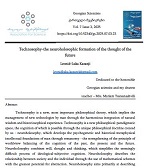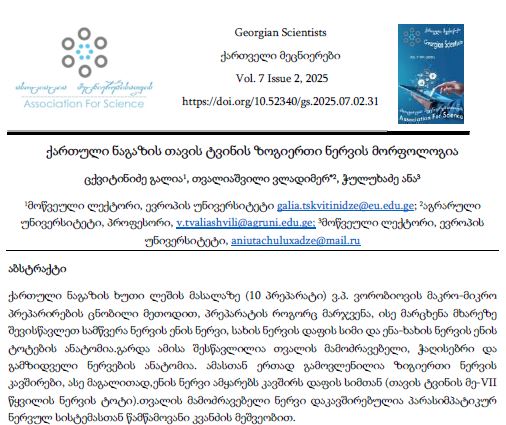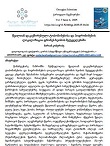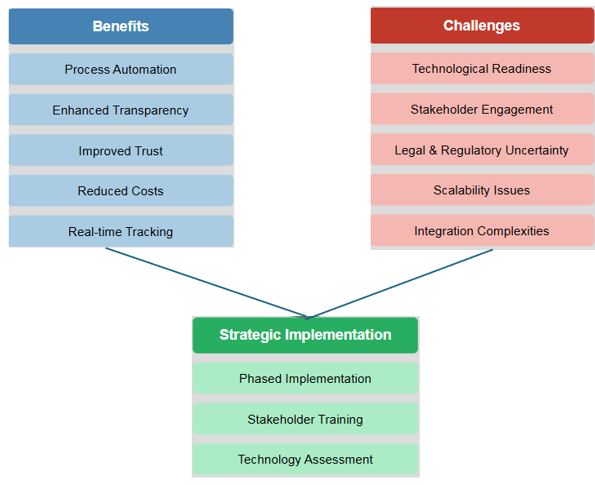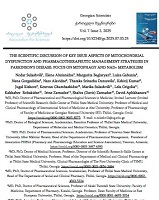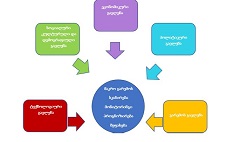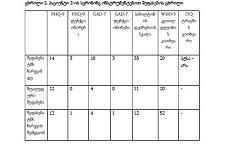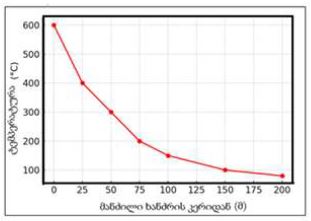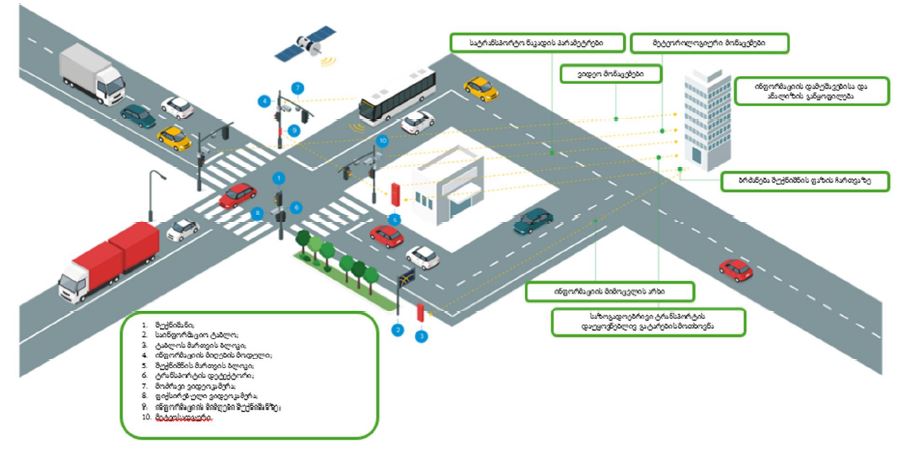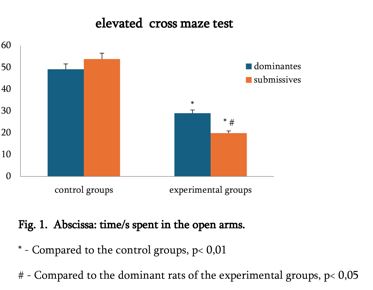The Relationship between Service Climate, Employee Experience and Organizational Loyalty
Downloads
The study aimed to explore the relationship between service climate, employee experience (EX) and employee organizational loyalty. Three questionnaires were used as research tools: Service Orientation Scale - Serv * or (Lytle, Hom, & Mokwa, 1988), Employee Experience Index (Morgan, 2017) and Employee Loyalty Index -eNPS (Reichheld, 2011). 370 subjects participated in research, who evaluated the organization in which they were currently working. The Georgian version of Service Climate scale was developed in the research. The results of the research confirmed the research hypotheses: employee perceived service climate is positively related to employee experience and loyalty, the management service vision is the strongest predictor of employee experience and loyalty; In turn, the employee's loyalty to the organization will be influenced positively by employee's experience.
Downloads
Metrics
Berry, L, Conant, J., &Parasuraman, A. (1991). A Framework for Conducting a Services
Marketing Audit. Journal of the Academy of Marketing Science,19 (3)(Summer): 255-268. doi: 10.1177/009207039101900309
Bowen, D.E.& Schneider, B. A(2014) Service climate synthesis and future research agenda. Journal of Service Research. 17, 5–22. Doi:10.1177/1094670513491633
Hartline, M., & Ferrell, O. (1996). The management of customer-contact service employees: An empirical investigation. Journal of Marketing, 60(4), 52–70. Doi: 10.2307/1251901
Hogan, J., Hogan, R., & Busch, C. M. (1984). How to measure service orientation. Journal of Applied Psychology, 69(1), 167–173. Doi: 10.1037/0021-9010.69.1.167
Heskett, J., Earl Sasser, Jr., & Schlesinger,L (1997). The Service Profit Chain: How Leading Companies Link Profit and Growth to Loyalty, Satisfaction, and Value. New York: The Free Press
Johnson, J. W. (1996). Linking employee perceptions of service climate to customer
satisfaction. Personnel Psychology, 49(4), 831–851. Doi: 10.1111/j.1744-
1996.tb02451.x
Kotter, J.,& Heskett, J. (1992). Corporate Culture and Performance. New York: Free Press
Liao, H., & Chuang, A. (2007). Transforming service employees and climate: A multilevel, multisource examination of transformational leadership in building long-term service relationships. Journal of Applied Psychology, 92(4), 1006–1019. doi: 10.1037/0021-9010.92.4.1006
Liao, H., Toya, K., Lepak, D. P., & Hong, Y. (2009). Do they see eye to eye? Management and employee perspectives of high-performance work systems and influence processes on service quality. Journal of Applied Psychology, 94(2), 371–391. Doi: 10.1037/a0013504
Lytle, R. S., Hom, P. W., & Mokwa, M. P. (1998). SERV∗OR: A managerial measure of
organizational service-orientation. Journal of Retailing, 74(4), 455–489.
Doi: 1 0.1016/S0022-4359(99)80104-3
Morgan, J., (2017), Employee Experience Advantage, John Wiley & Sons, Inc., Hoboken, New Jersey
Reichheld, F. (2011) The Ultimate Question 2.0 (Revised and Expanded Edition): How Net Promoter Companies Thrive in a Customer-Driven World. Harvard Business Press, Boston
Robinson, L., Neeley, S.E. and Williamson, K. (2011), "Implementing service recovery through customer relationship management: identifying the antecedents", Journal of Services Marketing, Vol. 25 No. 2, pp. 90-100. Doi: 10.1108/08876041111119813
Robinson L., & Williamson,.K. (2014) Organizational Service Orientation: A Short-Form Version of the SERV*OR Scale, Services Marketing Quarterly, 35:2, 155-172, Doi: 10.1080/15332969.2014.885369
Ryan, A. M., Ployhart, R. E. (2013). Consumer Service Behavior. In I. Weiner(Ed.), Handbook of Psychology, v.12: Industrial and Organizational Psychology. John Wiley & Sons, Inc. New Jersey.
Schneider, B. (1990). The climate for service: An application of the climate construct. In B.
Schneider (Ed.), Organizational climate and culture (pp. 383-412). San Francisco: Jossey-Bass
Schneider, B., Wheeler, J., & Cox, F. (1992). "A Passion for Service: Using Content Analysis to Explicate Service Climate Themes, Journal of Applied Psychology, 77 (5): 705-716. Doi: 10.1037/0021-9010.77.5.705
Schneider, B., White, S. S., & Paul, M. C. (1998). Linking service climate and customer perceptions of service quality: Tests of a causal model. Journal of Applied Psychology, 83(2), 150–163. Doi: 10.1037/0021-9010.83.2.150
Schneider, B., Ehrhart, M., & Macey, W. (2013). Organizational Climate and Culture. The Annual Review of Psychology. 64 (2013): 361–388. Doi: 10.1146/annurev-psych-113011-143809
Pallant, Julie. (2013). SPSS survival manual : a step by step guide to data analysis using SPSS. Maidenhead: Open University Press/McGraw-Hill
Yaneva, M. (2018). Employee satisfaction vs. employee engagement vs. employee NPS. European Journal of Economics and Business Studies, 4(1), 221-227. Doi: 10.2478/ejes-2018-0024
კოტლერი ფ. (2015). მარკეტინგის საფუძვლები. ბაკურ სულაკაურის გამოცემა, თბილისი.
კინწურაშვილი ანა. (2020) ორგანიზაციული კულტურა და თანამშრომლის გამოცდილების ინდექსი (EX index). საქართველო უნივერსიტეტი. სამაგისტრო ნაშრომი.
ლორთქიფანიძე ქრისტინე (2018). ბრენდის პიროვნების საკვლევი კითხვარის ადაპტაცია. ივ.ჯავახიშვილის თბილისის სახელმწიფო უნივერსიტეტი. სამაგისტრო ნაშრომი.

This work is licensed under a Creative Commons Attribution-NonCommercial-NoDerivatives 4.0 International License.







